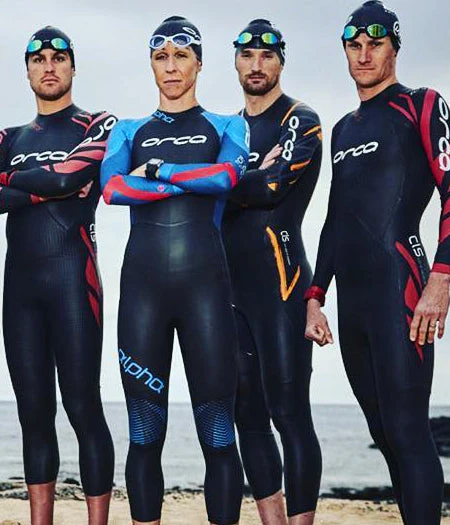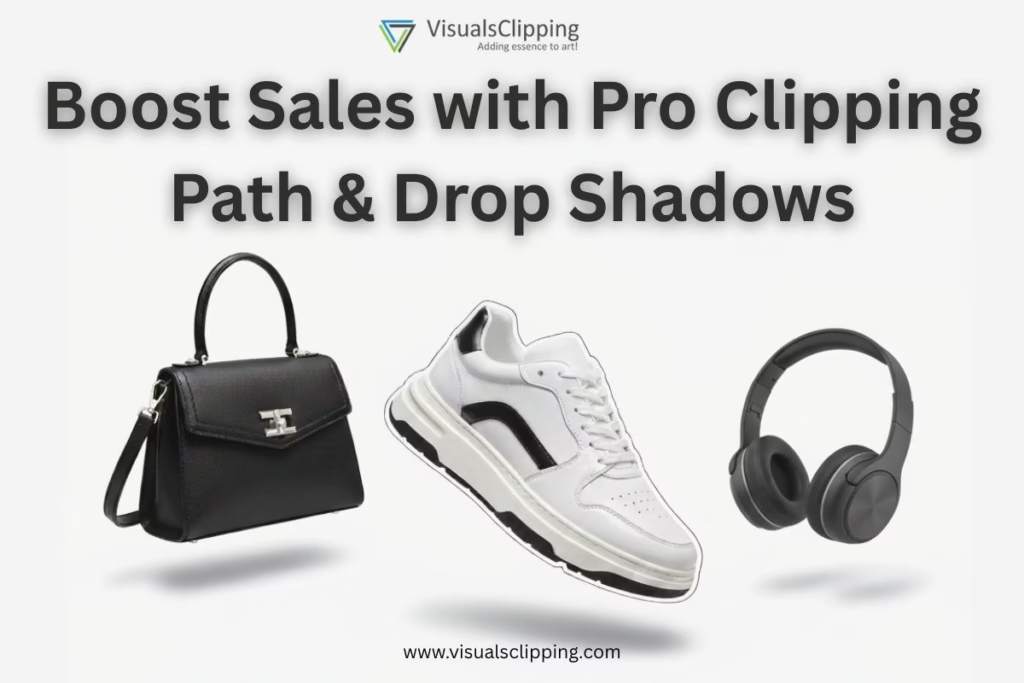Introduction
If you’re planning to take on your first triathlon in the UAE, whether it’s the GRIT+TONIC.com Mamzar Triathlon, TriYas in Yas Marina Circuit, T100 Dubai, or one of the community races across Ajman and Ras Al Khaimah, choosing the right wetsuit can completely transform your performance.
While the UAE is known for its warm climate, many local triathlon events start early in the morning or take place in cooler months, where water temperatures can dip below comfort levels. That’s where a triathlon wetsuit comes in, giving you buoyancy, speed, and thermal comfort in open waters like the Arabian Gulf.
In this guide, GRIT+TONIC walks you through everything a UAE triathlete needs to know, from choosing the right thickness to maintaining your wetsuit in desert conditions.
Why You Need a Wetsuit in UAE Triathlons
Even in the Gulf’s warm waters, wetsuits are often allowed, and they give clear advantages:
● Buoyancy Boost: Helps you stay higher and glide faster through saltwater.
● Hydrodynamic Edge: Smooth neoprene reduces drag, giving you a time advantage on race day.
● Protection: Shields your skin from sun exposure, jellyfish stings, and minor abrasions from coral or rocks.
● Temperature Control: In winter races (October–March), early-morning water can feel surprisingly cool — a wetsuit keeps your core warm.
Key Features to Look For
1. Neoprene Thickness
For UAE conditions, a 2–3mm suit is ideal, thick enough for buoyancy, but thin enough for flexibility and heat management. Look for thinner shoulder panels for unrestricted motion.
2. Flexibility & Comfort
Shoulder and underarm panels should be highly elastic to handle longer swims. Choose wetsuits engineered for warm-water triathlons.
3. Fit & Sizing
A wetsuit should feel snug like a “second skin.” Too loose, and you’ll take on water; too tight, and you’ll restrict breathing. Always refer to each brand’s size guide — GRIT+TONIC provides detailed charts online.
4. Seam Construction & Finish
Flat-lock or glued seams are common in tri wetsuits — look for water-resistant stitching and inner taping for longevity in saline conditions.
5. UV Protection
With strong UAE sun exposure, UV-resistant coatings and darker neoprene finishes are worth the investment.
Choosing Based on Local Conditions
● Dubai / Abu Dhabi: Early-morning races benefit from full-sleeve wetsuits. Water averages 21–26°C in winter.
● Sharjah / Fujairah: Coastal races often have stronger currents — opt for suits with better buoyancy.
● Summer practice sessions: Go sleeveless or thinner neoprene (1.5–2mm).
Fitting & Care Tips for the UAE Climate
● Before swimming: Apply wetsuit lubricant (silicone-free) around ankles and neck for easier removal.
● After every swim: Rinse thoroughly with fresh water to remove salt.
● Drying tip: Shade-dry indoors — the Gulf’s harsh sun can crack neoprene fast.
● Storage: Store hanging in a cool, air-conditioned space — never leave it in your car or balcony.
Recommended Wetsuits at GRIT+TONIC (UAE Availability)
Find these premium options directly on our Triathlon collection page — all shipped locally across the UAE with fast delivery:
● ��♀️ Zone3 Women’s Advance Wetsuit – Perfect entry-level option balancing buoyancy and flexibility for first-time triathletes.
● ��♂️ Zone3 Men’s Advance Wetsuit – A popular choice for beginners joining Yas or Dubai Tri Series events.
● �� 2XU Women P:2 Propel Wetsuit – Ideal for intermediate athletes seeking performance and comfort in Gulf waters.
● ⚡ 2XU Women V:3 Velocity Wetsuit – Top-tier wetsuit designed for serious racers aiming for podium finishes.
● ��♀️ 2XU Women A:1 Active Wetsuit – Balanced entry/mid-range model for warm-water triathlons across the UAE.
Explore the full collection: Triathlon Wetsuits & Swimwear at GRIT+TONIC
Race-Day Advice for UAE Athletes
● Arrive early — transition zones in desert races heat up quickly.
● Practice open-water swims at Jumeirah Beach or Yas Marina with your wetsuit before race day.
● Use reef-safe anti-chafing creams and avoid petroleum-based products.
● Hydrate well — dehydration affects swim endurance even in mild water.
Common Mistakes by First-Time Triathletes
● Buying a surf wetsuit instead of a triathlon-specific one (they’re heavier and restrict motion).
● Not testing the wetsuit before race day.
● Folding or leaving the wetsuit in the car (heat destroys neoprene).
● Ignoring UAE race regulations — some shorter events may ban wetsuits if the water exceeds 24°C.
Price & Value Breakdown
● Entry-level (AED 800 – 1,200): Great for beginners joining their first local triathlon.
● Mid-range (AED 1,300 – 1,800): Enhanced flexibility, coatings, and buoyancy balance.
● Premium (AED 2,000 +): Ideal for frequent racers or Ironman participants seeking every advantage.
Conclusion
A wetsuit is more than race gear — it’s your confidence layer in open water. Whether you’re training at Kite Beach, competing in Yas Marina, or taking part in the T100 Dubai, investing in the right triathlon wetsuit ensures comfort, buoyancy, and efficiency with every stroke.






